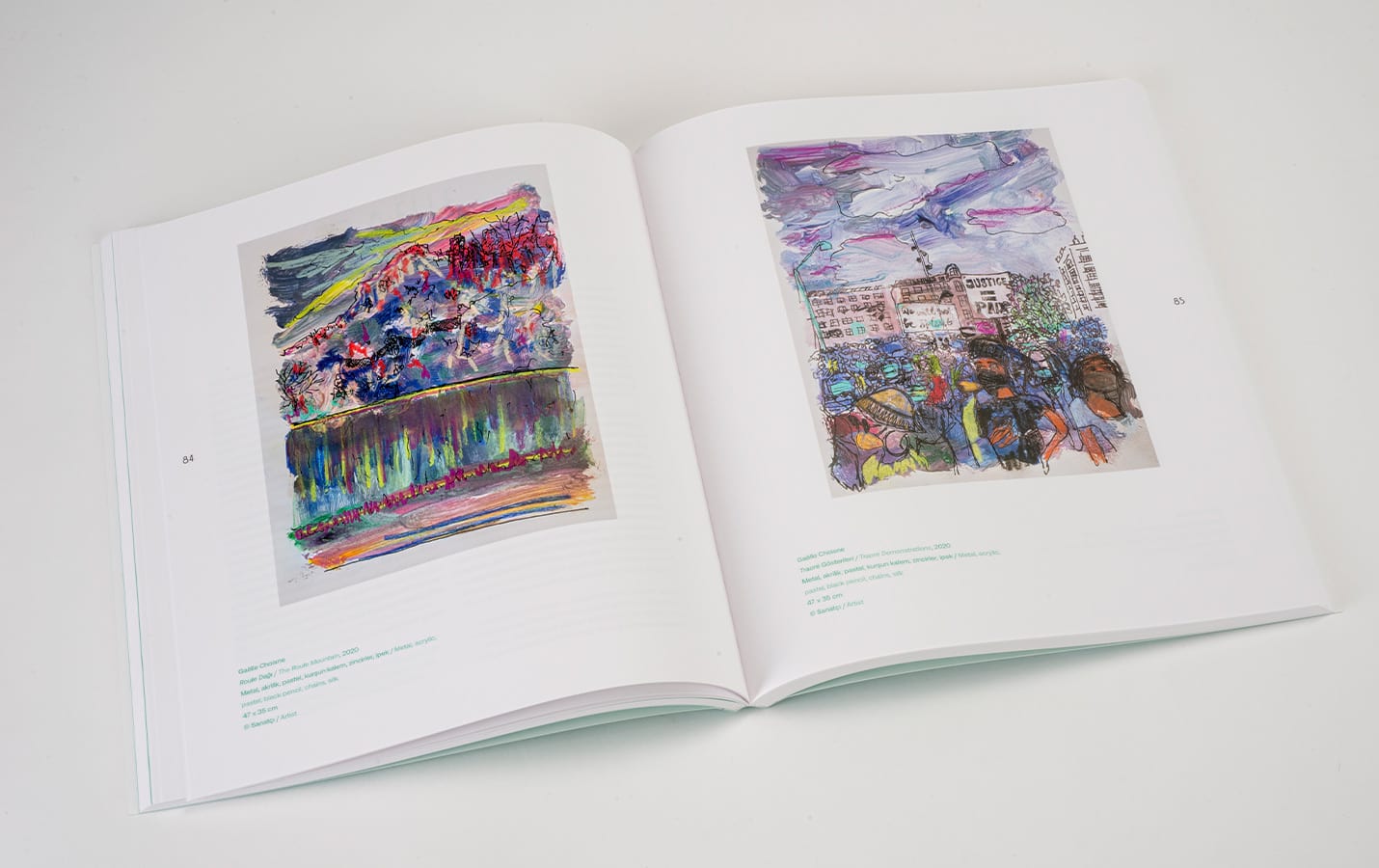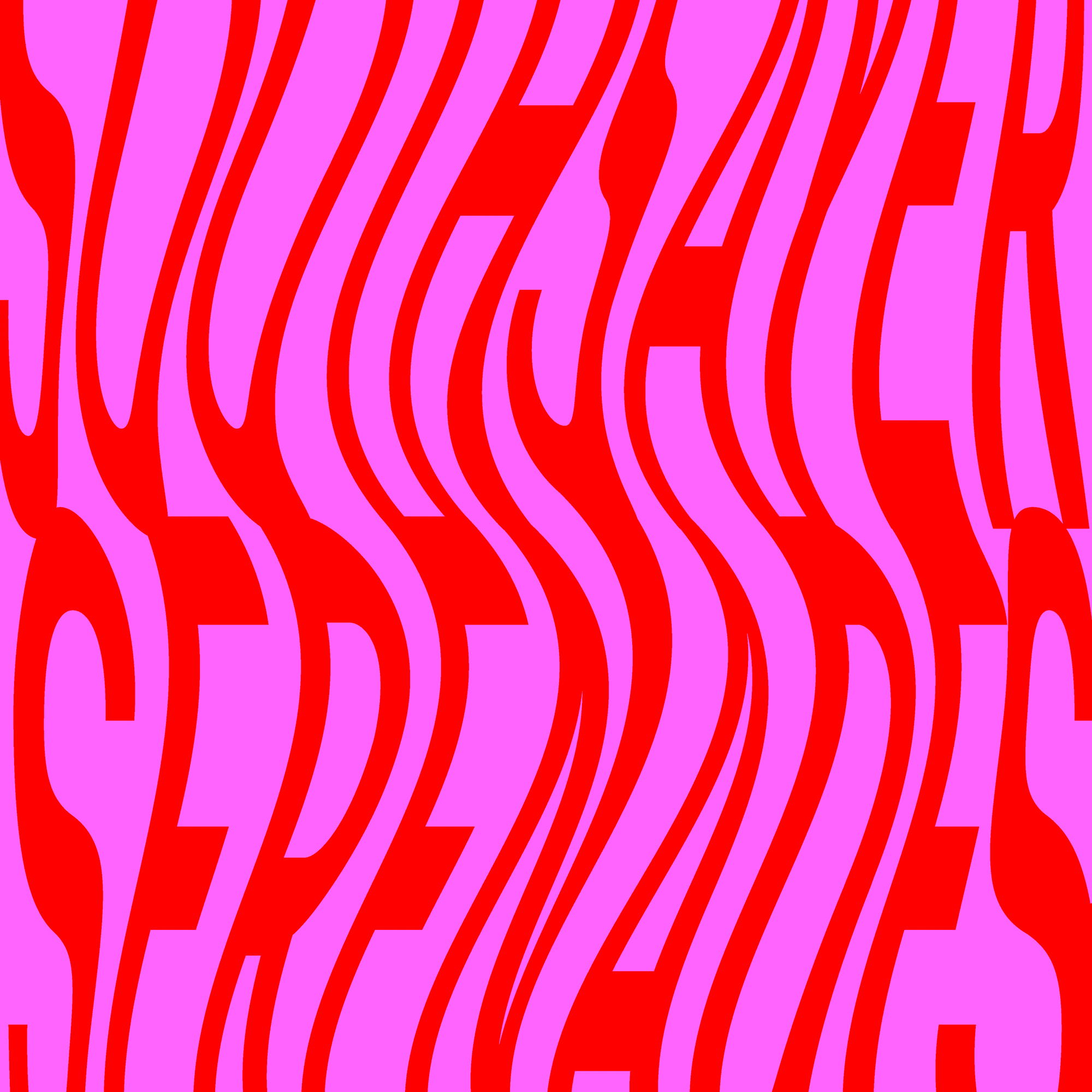December 22, 2020 - March 14, 2021
Ranging from almost perfect transparency to complete opacity, crystals have been used in all areas of human activity, from science to magic, from technology to healing. Scientists typically describe crystals as “growing”, even though in their eyes they are not alive. Many living organisms, such as mollusks, are able to produce crystals. In ancestral cultures, crystals and minerals are regarded as sentient. Indeed, they constitute a perfect example of the fluid and porous boundaries between the animate and inanimate, organic and inorganic. Taking crystals and their vibrant matter as a point of departure, the exhibition Crystal Clear went beyond their emblematic use. Rather it aimed to develop a contained ecosystem with diverse entanglements of the production, display, and recycling of the artistic, curatorial, and institutional work, material and immaterial.
In collaboration with all the participating artists, Crystal Clear devised methods and tools for sustainable curating, going beyond just thinking about ecology or sustainability, but rather inventing and enacting principles allowing the reduction of the carbon footprint of exhibition making: radical limits on the shipping of objects, local collaborative production of exhibited work, creative recycling strategies, and extremely reduced travel for all the participants.
Conceived long before the advent of Covid-19 pandemic, the project was already developing models of programmatic changes for exhibition production. Interested in the imperfect contaminated transparencies of crystals and opacities of the soil, the project’s pre-Covid stage critically intersected with ideas from two books, “Down to Earth” by Bruno Latour and “The Transparency Society” by Byung-Chul Han. Today anyone can obtain information about anything. Everything—and everyone—has become transparent, unveiled and exposed. Yet transparency has its dark side and can turn into opacity, without us even noticing it.
But the pandemic shifted and bent many of our initial questions, which moved en masse into public discussions, getting new perspectives and points of view. Working through Covid conditions, Crystal Clear offered the artists the possibility of engaging with these and other current mutations of our environment, seen through the crystalline optics.
Curated by Elena Sorokina, the exhibition featured the artists Sammy Baloji, Minia Biabiany, Katinka Bock, Bianca Bondi, Gaelle Choisne, Sinem Dişli, Kıymet Daştan, Elmas Deniz, Gluklya (Natalia Pershina-Yakimanskaya), Deniz Gül, Ilana Halperin in collaboration with Knitstanbul, Gülsün Karamustafa, Yazan Khalili, Paul Maheke, Şener Özmen, İz Öztat, Hale Tenger, Güneş Terkol, Berkay Tuncay and Adrien Vescovi.
Images
Kıymet Daştan
I Am Afraid To (Not) Forget, 2019
Güneş Terkol
The Dictionary of Distance, 2020
Yazan Khalili
Medusa, 2020
İz Öztat
Confused Examination Under Given Circumstances, 2020
Sammy Baloji
Artisanal mining site #2, 2011
3D Virtual Tour
Exhibition Catalogue

Ranging from almost perfect transparency to complete opacity, crystals have been used in all areas of human activity, from science to magic, from technology to healing. Scientists typically...
Video
Pera Learning
Pera Museum Learning Programs organize a series of colorful online workshops for teachers and school groups under the scope of the exhibition Crystal Clear.
Pera Museum Learning Programs organize online artist workshops for young and adults under the scope of the exhibition Crystal Clear.

Today we are thrilled to present the third playlist of Amrita Hepi’s Soothsayer Serenades series as part of the Notes for Tomorrow exhibition. The playlist titled Serenades to the Sun is presented by Kornelia Binicewiczon Pera Museum’s Spotify account.
Tuesday - Saturday 10:00 - 19:00
Friday 10:00 - 22:00
Sunday 12:00 - 18:00
The museum is closed on Mondays.
On Wednesdays, the students can
visit the museum free of admission.
Full ticket: 300 TL
Discounted: 150 TL
Groups: 200 TL (minimum 10 people)